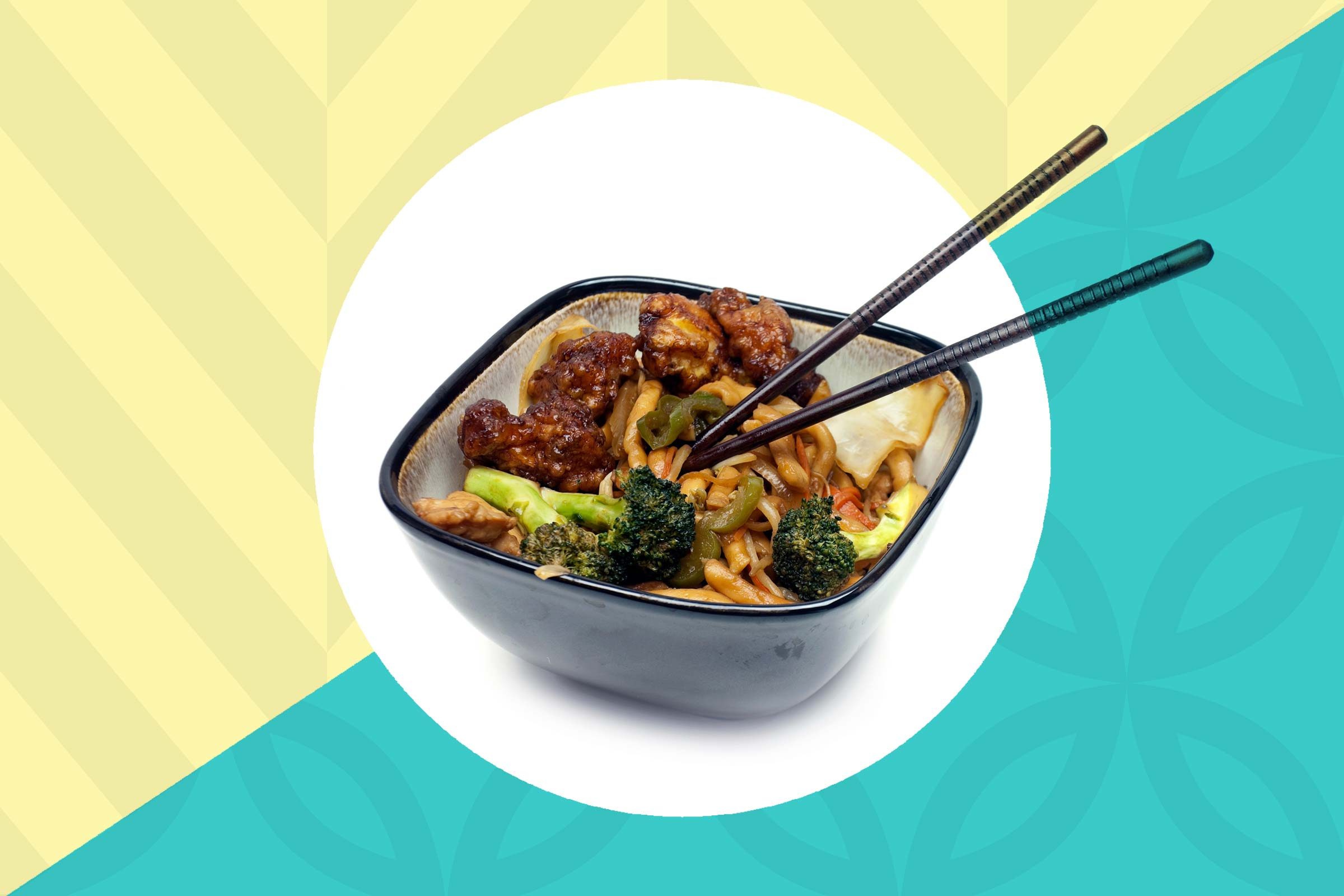
You stir-fry broccoli
Broccoli is a stir-fry recipe staple, but it shouldn’t be. One Chinese study found that stir-frying broccoli depletes its vitamin C content by 24 percent, and also lowered the amount of chlorophyll and soluble protein and sugar. Another study in the Journal of Agricultural and Food Chemistry found that frying the florets caused a 67 percent loss of carotenoids, which act as antioxidants, likely because of the high temperature. Steaming, on the other hand, allowed broccoli’s nutrients to remain nearly as intact as it’s natural raw state. Try steaming your broccoli and tossing it with the other stir-fry ingredients at the end, after removing the pan from the heat; it’ll still get coated with flavor and you won’t lose out. Make sure you also stop making these common mistakes in the kitchen.
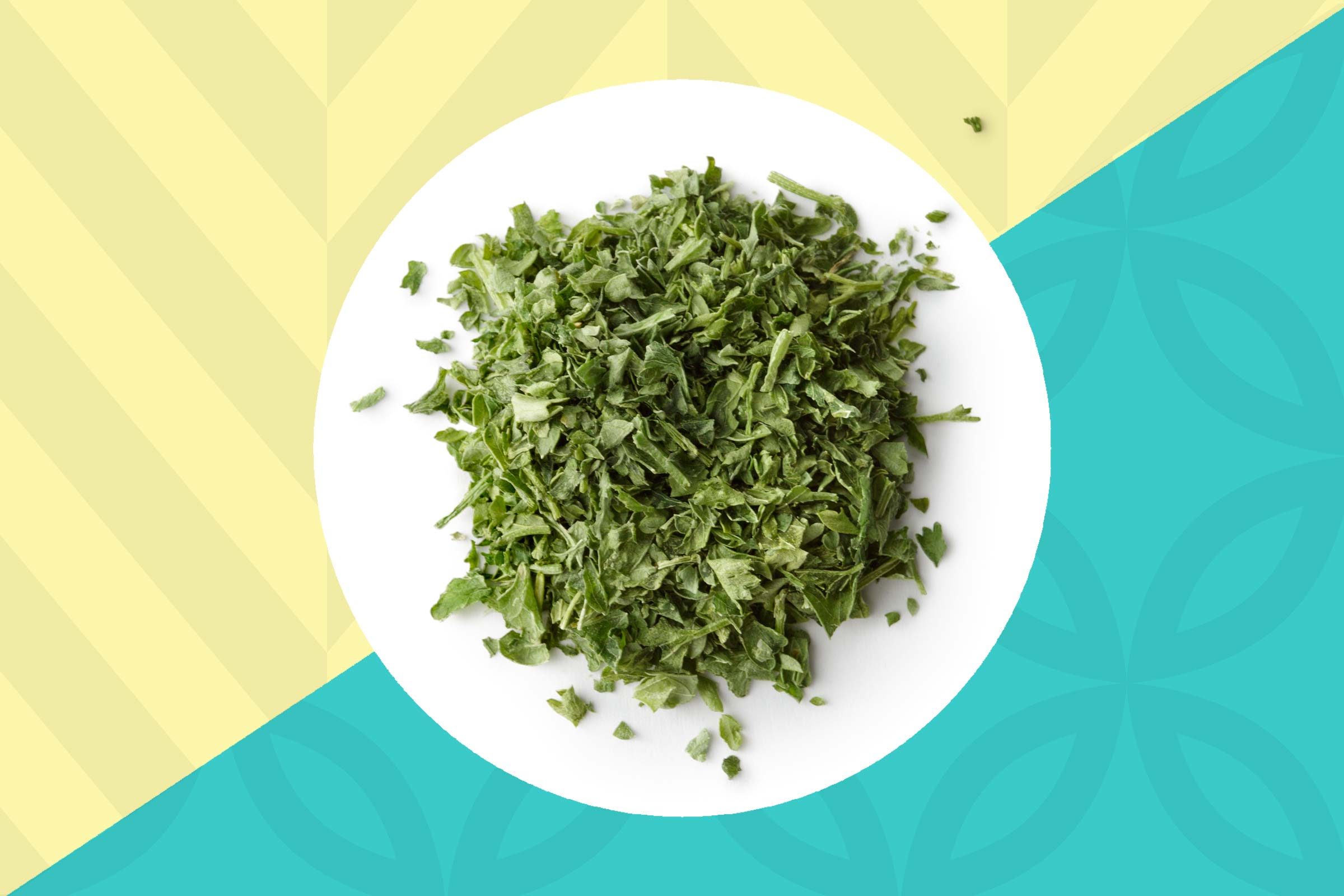
You think dried and fresh herbs are the same
Dried herbs are always better than no herbs at all, but that doesn’t mean you should sprinkle dried parsley on that big bowl of pasta, says Ayesha Curry, chef and author of the new cookbook, The Seasoned Life: Food, Family, Faith, and the Joy of Eating Well. Fresh herbs are more aromatic, so they pair perfectly with fresh items like fish or compound butter, and why they’re used to finish off a dish with a final punch of flavor, right at the end. Dried herbs work best for sauces and soups that cook for awhile, and as rubs for meat. “Dried herbs are great for meat rubs because you can mix them right in with the salt and other spices and get all those flavors going together,” she says. You can also use frozen herbs like Crush Cubes, which are flash frozen to preserve that fresh herb flavor.
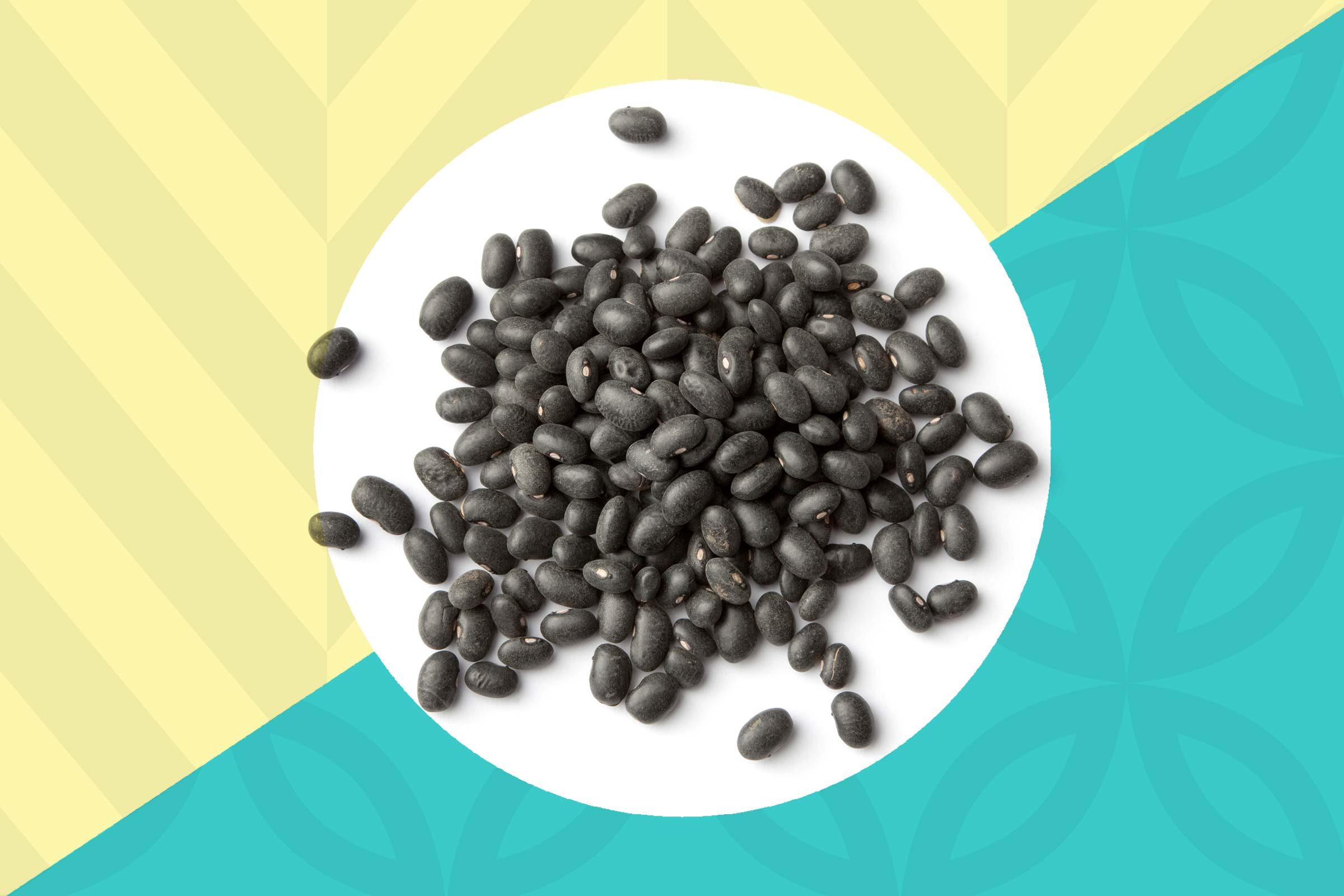
You don’t soak your beans
If you’re using raw beans, failing to soak them could do more damage than just extending your time in the kitchen. “The longer you cook something, the greater the loss of vitamins and nutrients,” says Guy Crosby, PhD, CFS, a professor in the department of nutrition at Harvard T.H. Chan School of Public Health. “By soaking beans in a little salted water overnight, it allows their shells to tenderize and reduces the amount of time you need to boil them.” According to a review in the International Journal of Gastronomy and Food Science, soaking beans in salted water reduced cooking time by 53 percent. Avoid these cooking mistakes that can make your food toxic.
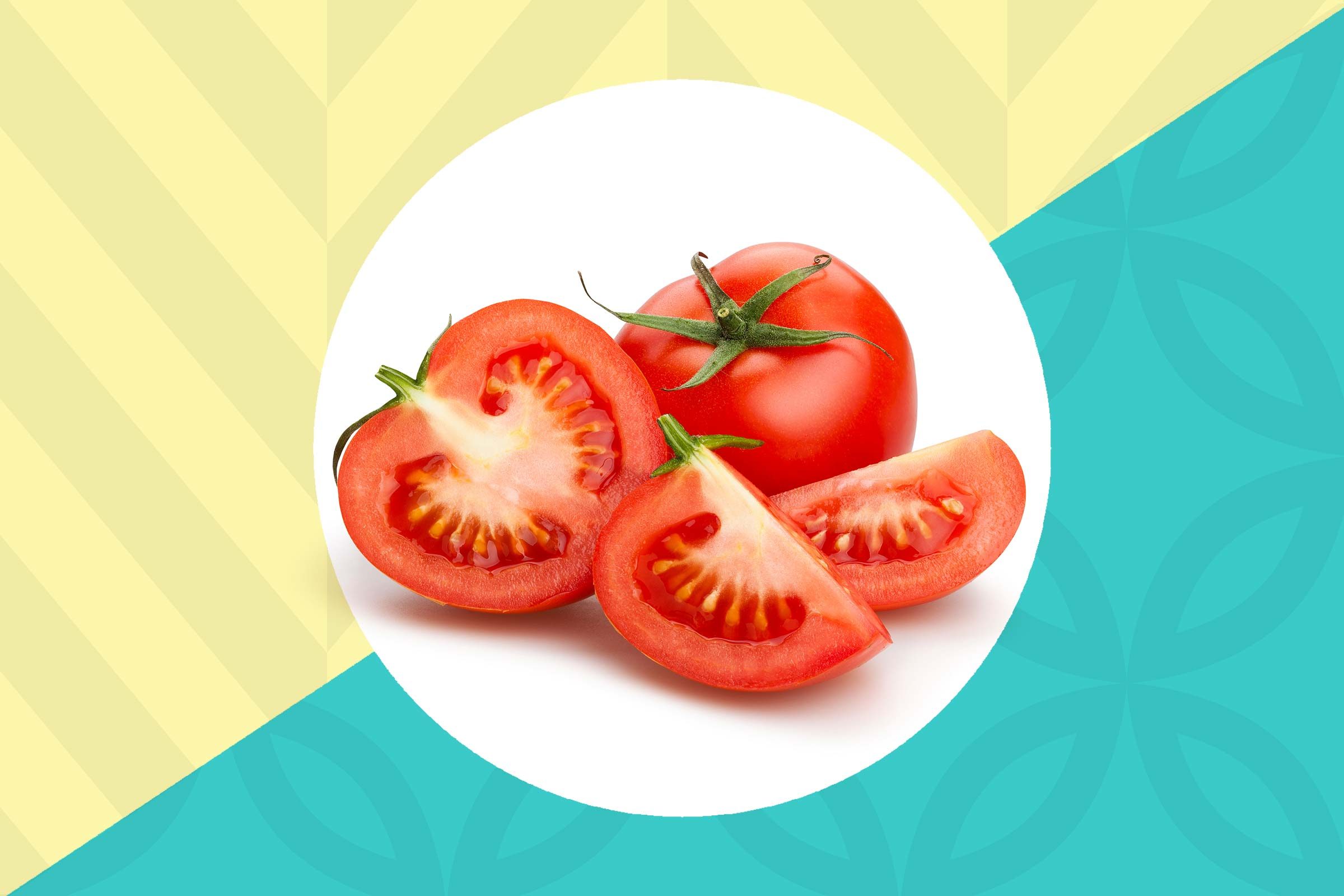
You only eat raw tomatoes
Salads and sandwiches shouldn’t be the only time you get your tomato fix. Cooking tomatoes actually makes them healthier. “Cooked tomatoes allow about four times more lycopene to be absorbed into your blood compared to raw,” says Crosby. Cooking it helps the powerful antioxidant lycopene separate from the proteins that bind it, allowing more to be released into the body, he says.
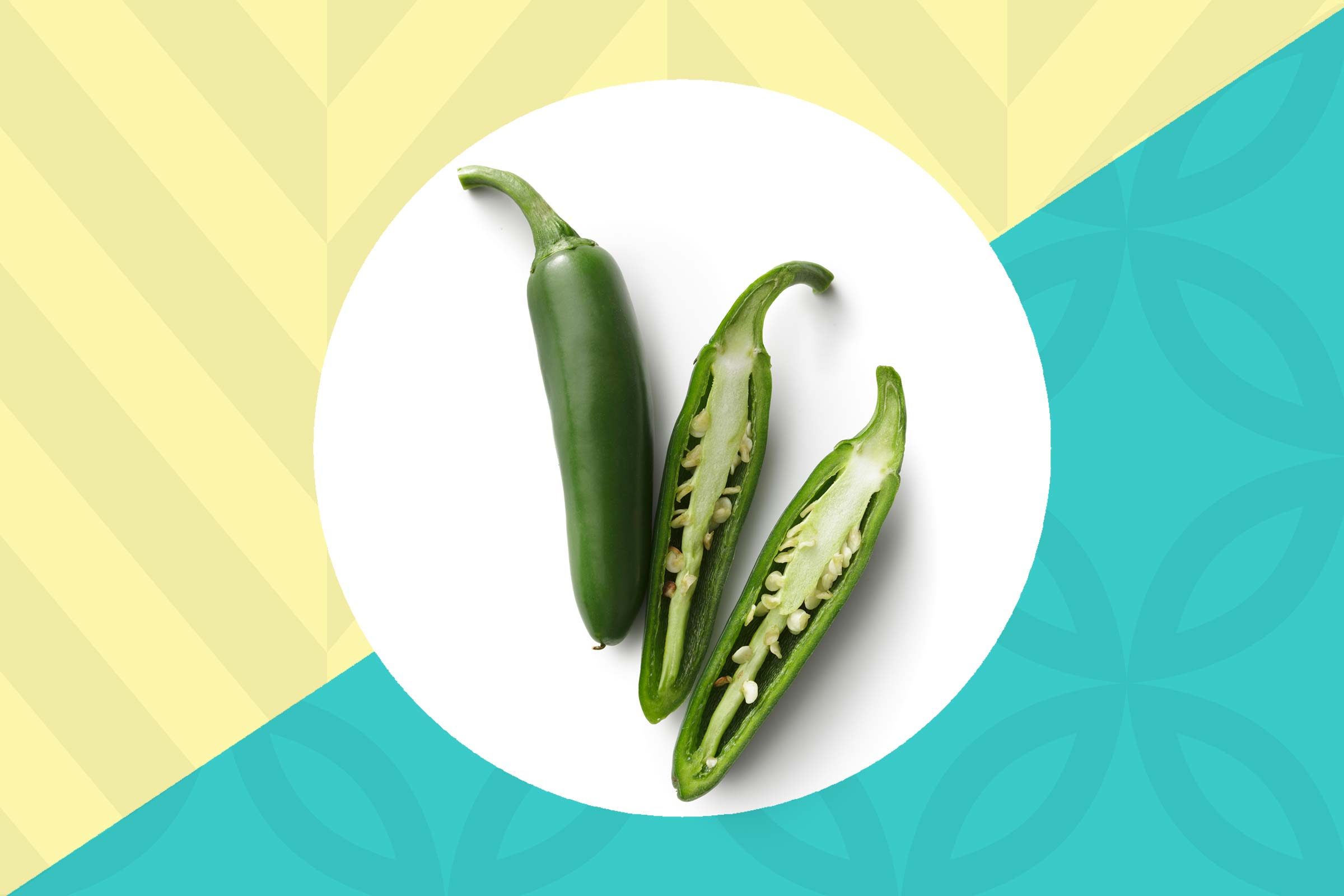
You throw out all the hot pepper seeds
Even if you can’t take the heat, don’t throw every last hot pepper seed into the trash. “Seeds are not a bad thing! The flesh of hot peppers like jalapenos aren’t all that spicy; you have all that peppery flavor but not a lot of heat,” says Curry. Keep the seeds and add them in a few at a time until you reach your desired spiciness.
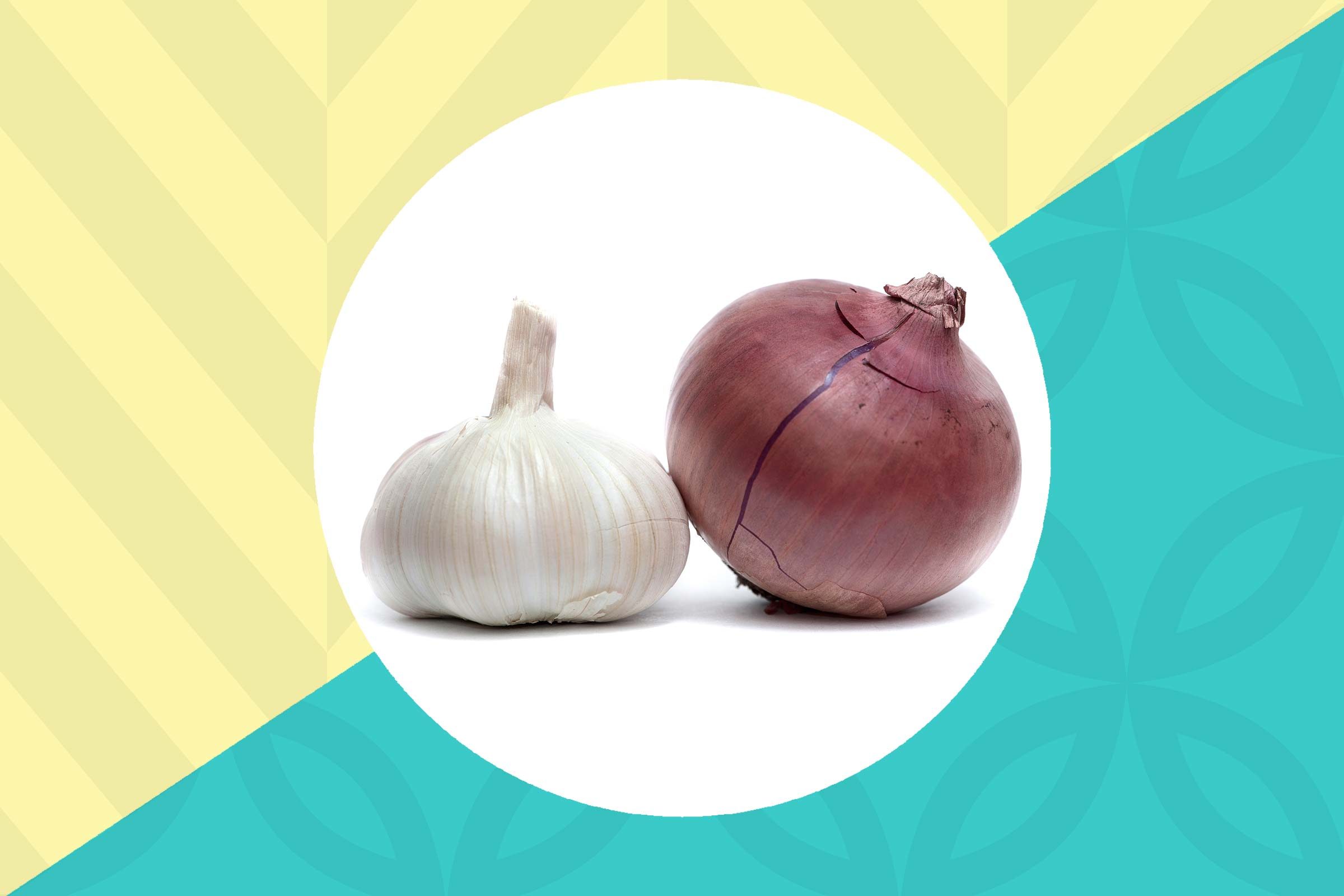
You don’t let onions and garlic rest
Your chopped onions and garlic shouldn’t go straight from the cutting board to the pan, no matter how much your eyes are tearing. Cancer-fighting compounds and flavonoids are activated when the cell walls are broken down by cutting or chopping; but as soon as they hit the heat, those powerful reactions stop, says Crosby. Letting the veggies sit for a few minutes will allow more of those healthy compounds to form, he says. You probably didn’t realize that you’re making these baking mistakes.
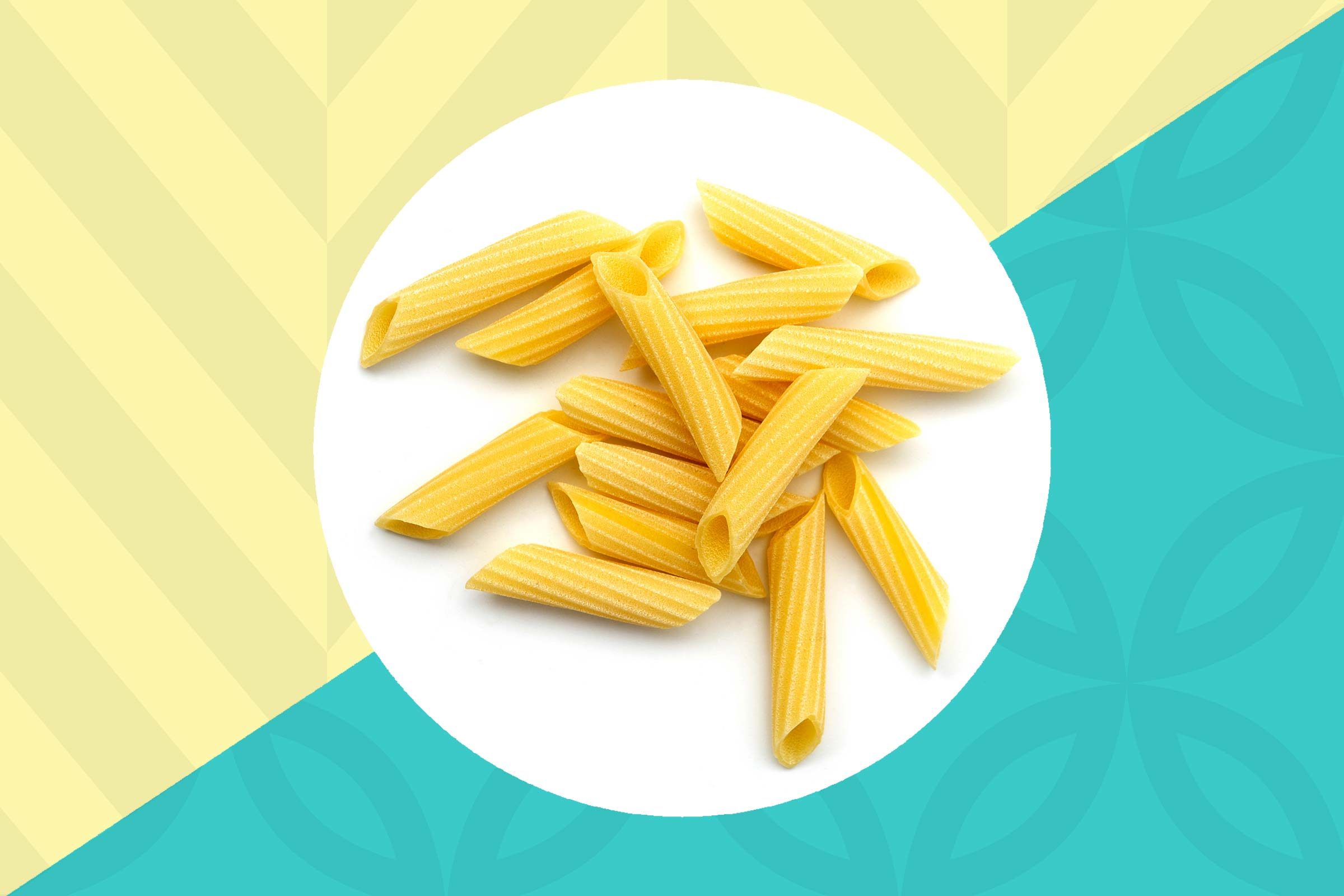
You don’t eat your pasta al dente
Limp pasta does more than break the cardinal rule of Italian cooking. Boiling pasta or other whole grains causes a significant amount of vitamins to get lost in the water, says Crosby. Eating your grains with a bit of bite will preserve some of the nutrients. This is the biggest mistake people make when cooking pasta.
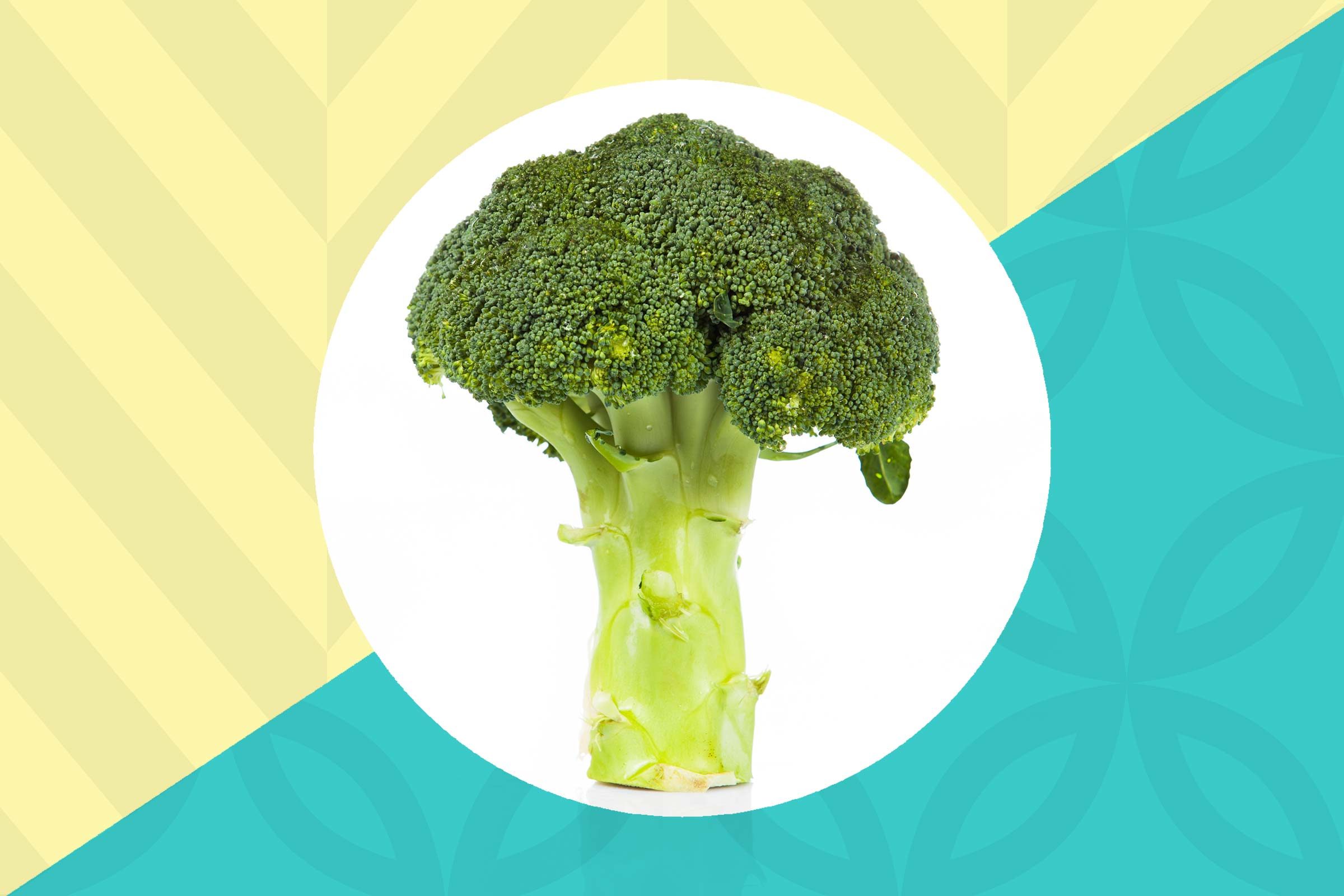
You only eat broccoli florets
When you throw out broccoli or cauliflower stems, you’re tossing a boatload of nutrients in the trash, too. The stems actually contain more fiber, vitamin C, and calcium than the florets we favor. This is how you can recover from the most common cooking disasters.
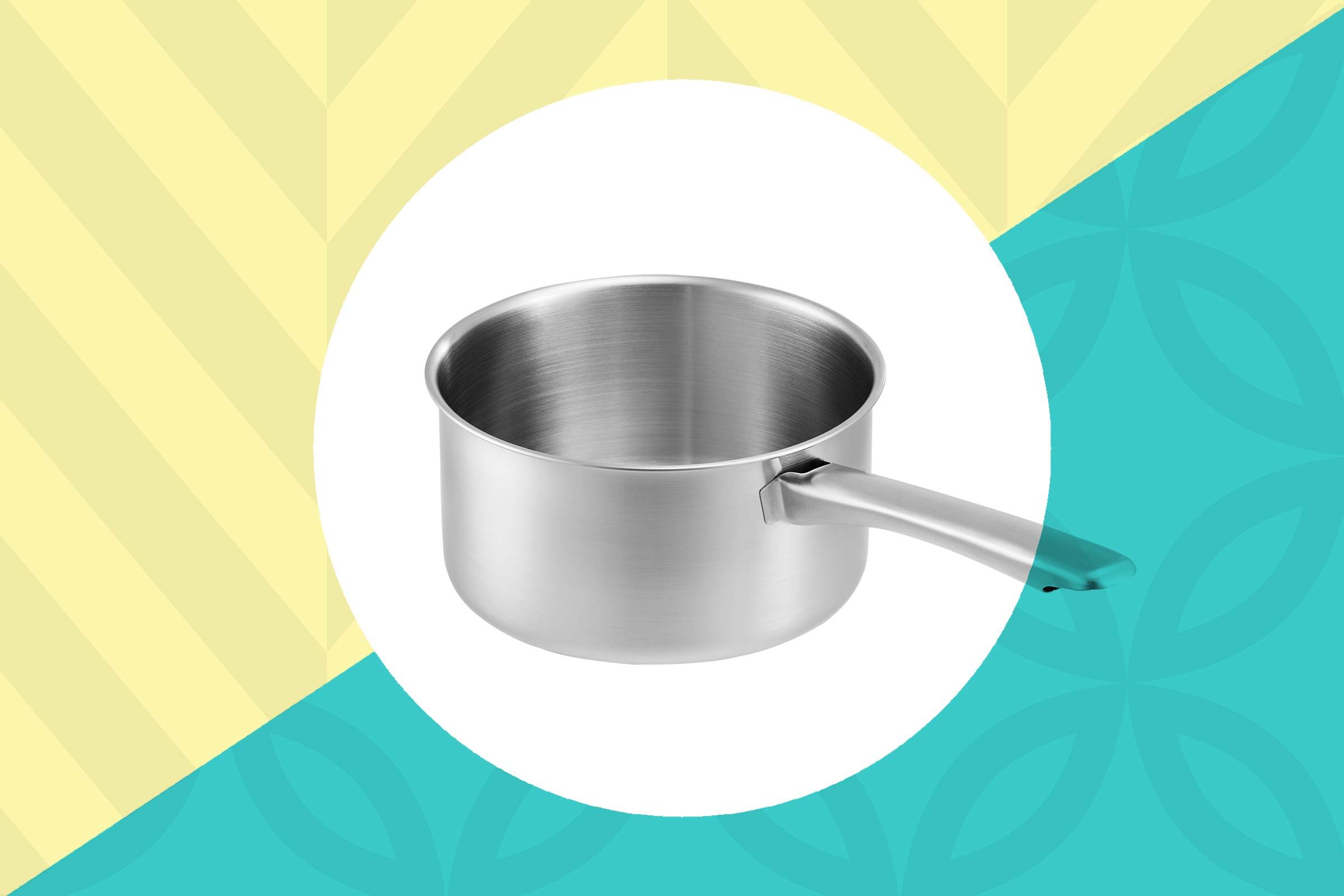
You think boiled veggies are healthiest
“If you’re boiling vegetables, you’re boiling the nutrients right out, plus it’s easy to overcook them and turn to mush,” says Curry. “I believe in roasting in the oven; you’ll get much more flavor and a nice crunch.” One exception to the rule: carrots. A study in the Journal of Agricultural and Food Chemistry found that boiling carrots actually increased the amount of eye-healthy lutein and had no negative effect on beta-carotene content, also good for your eyes and skin.
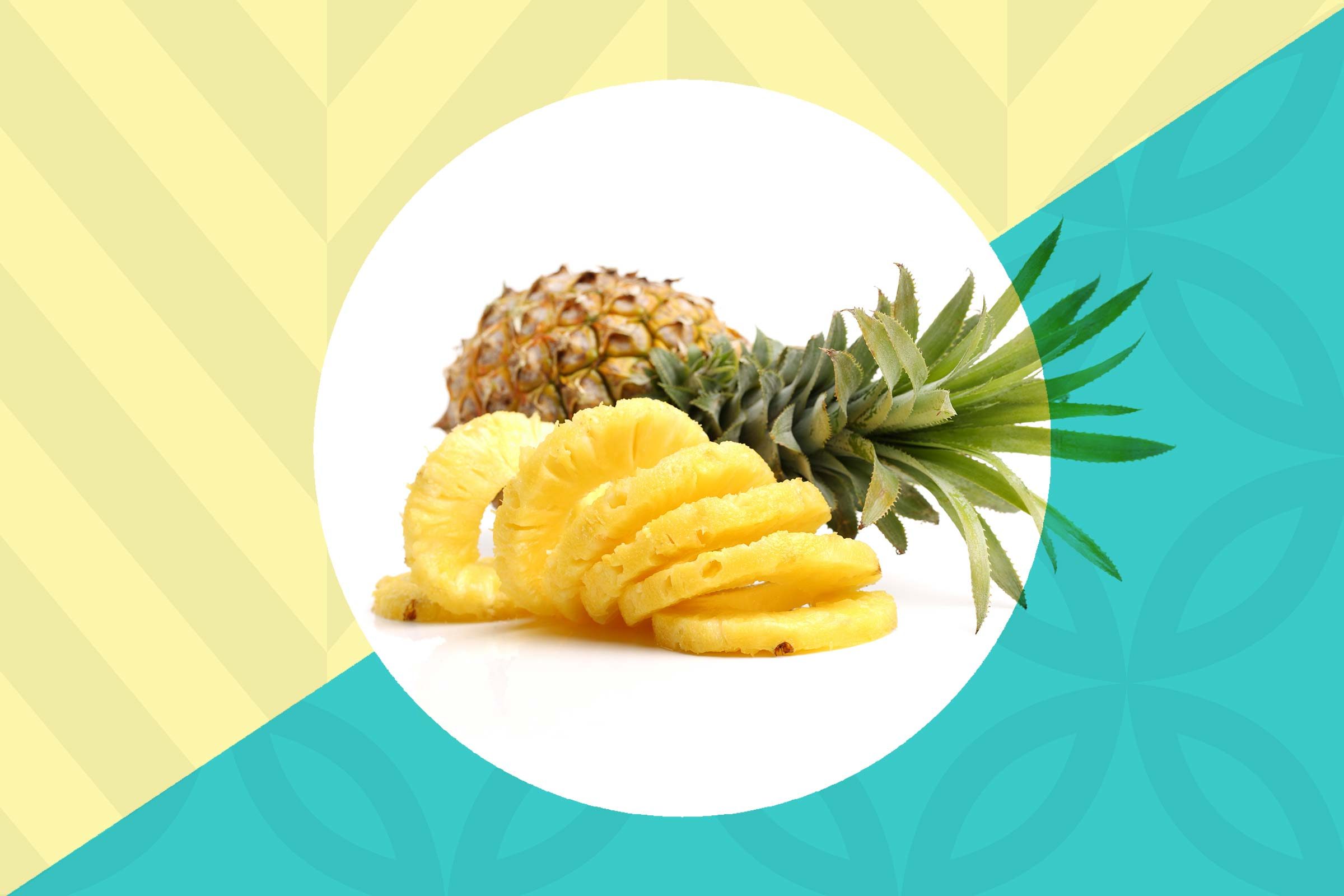
You throw out the pineapple core
“You might not want to eat the core of a pineapple, but you can use it to get a little extra bromelain, which reduces inflammation,” says Elizabeth Shaw, MS, RDN, CLT, wellness consultant and author of shawsimpleswaps.com. Shaw suggests chopping the core and floating it in a pitcher of water. “I get a nice little hit of it, plus it helps me drink more water during the week,” she says. You can also cook it down, or if you don’t mind a little extra chewing, cut it into small chunks and eat raw.
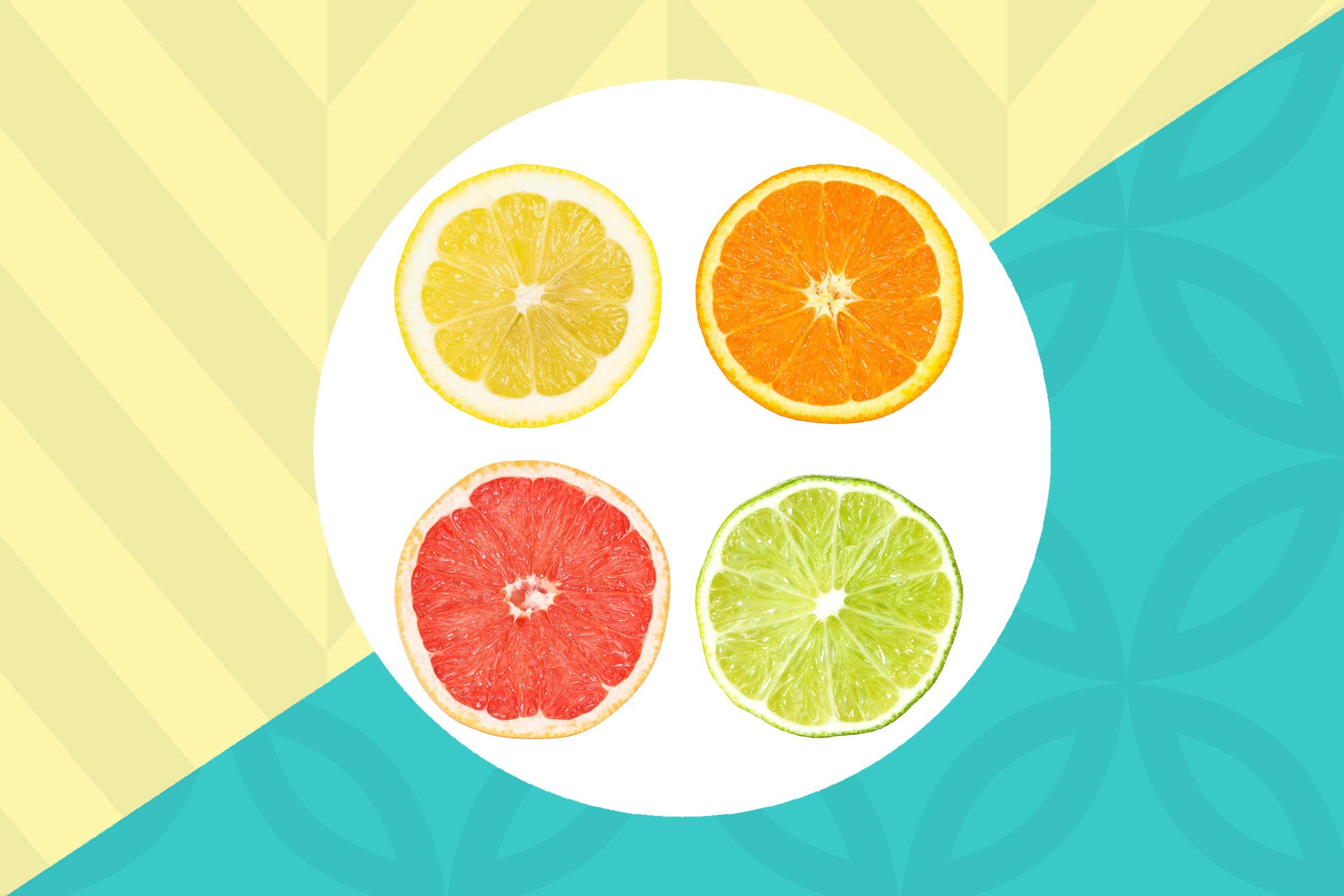
You only eat the flesh of citruses
Get the biggest bang for your nutrient buck by using the rind of lemons, limes, and oranges, too. Citrus rinds contain more flavonoids and fiber than the juicy flesh; try gently grating the peel to add some zest to whatever you’re cooking.
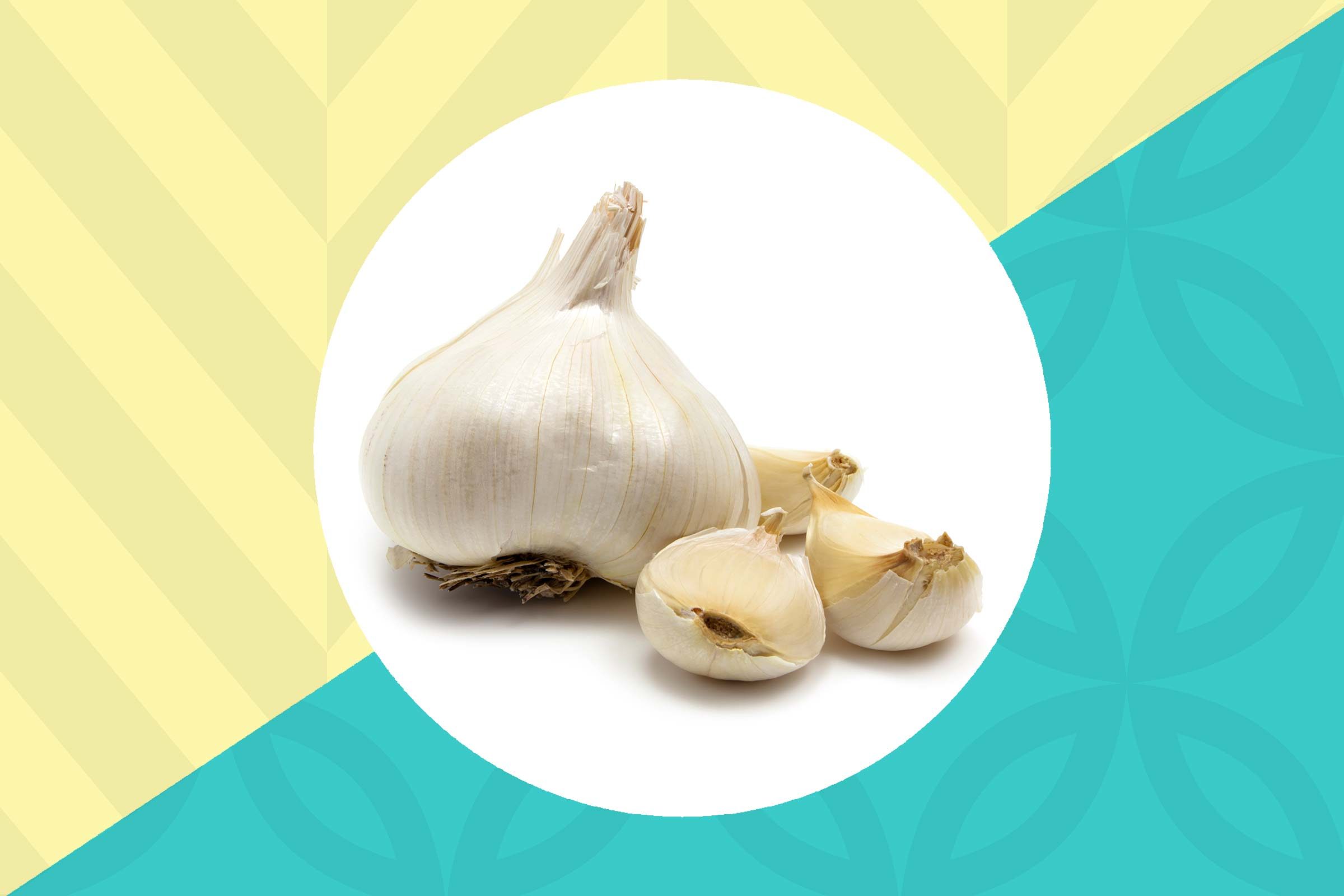
You think garlic chunks add more flavor
“You’ll get much more flavor and aroma if you crush or mince garlic,” says Curry. And since garlic is extremely easy to burn, add it to the pan along with another ingredient, which gives it more room to breathe and not burn, she says. Whole garlic cloves also provide fewer antioxidants, which are activated with the act of chopping.